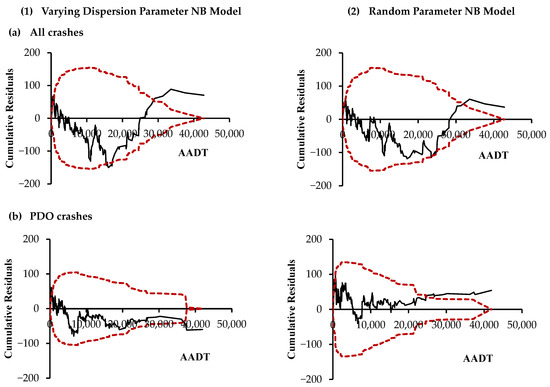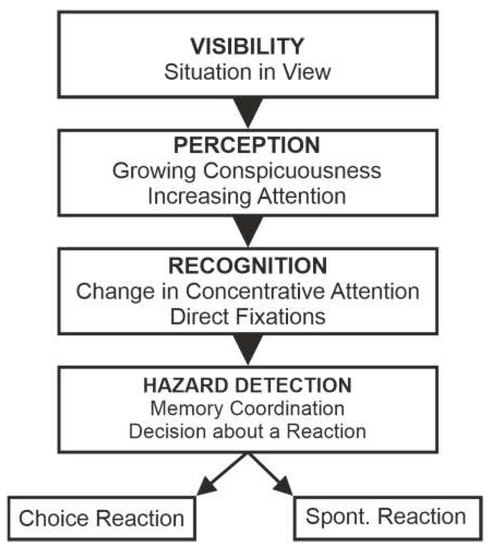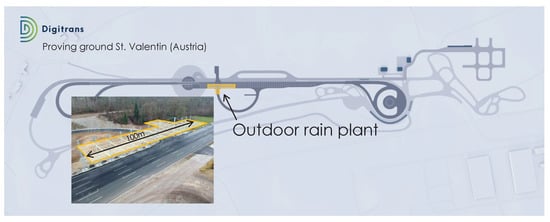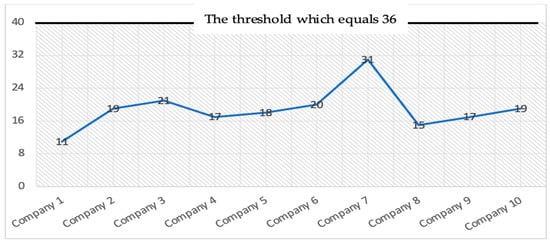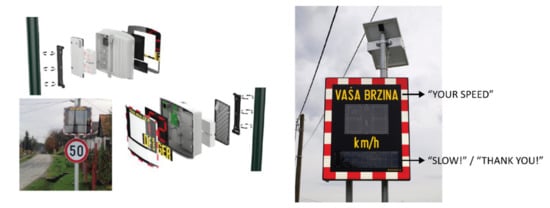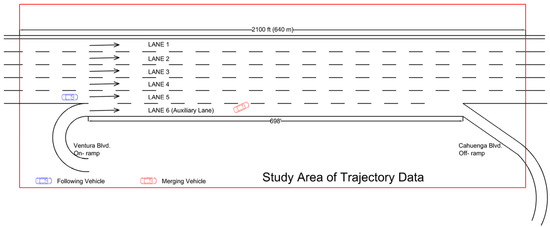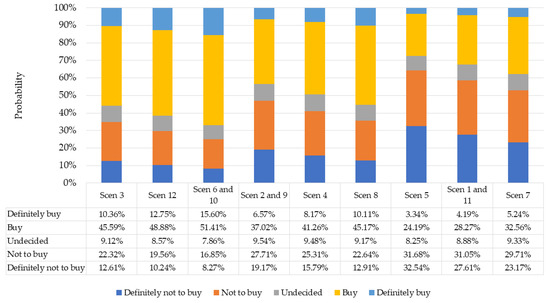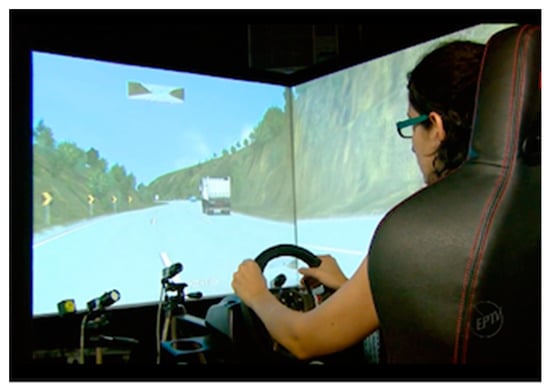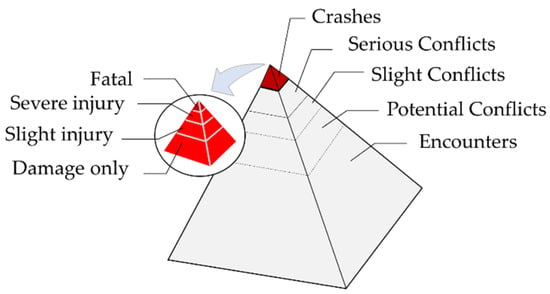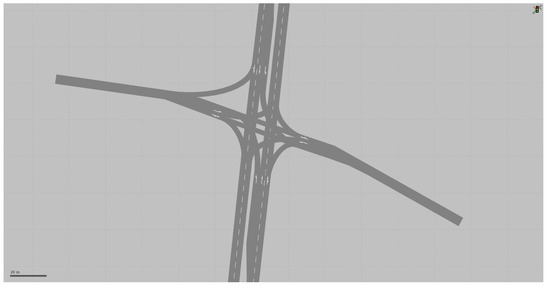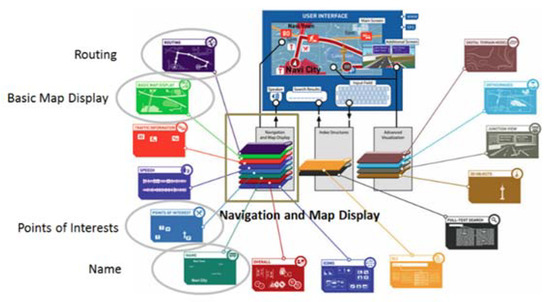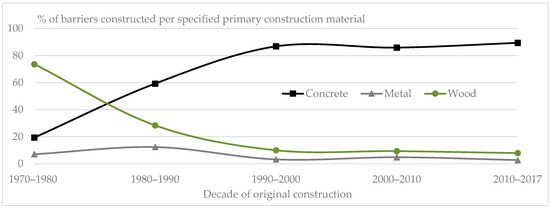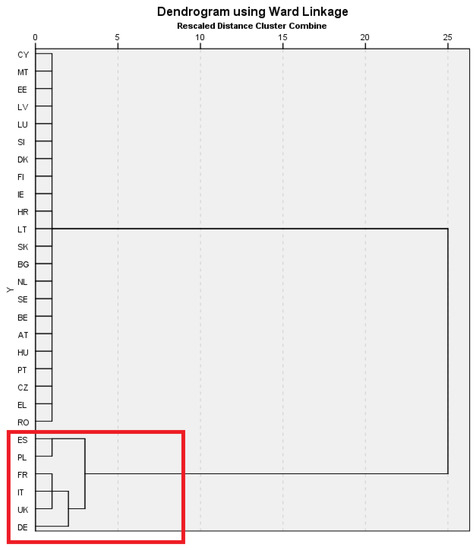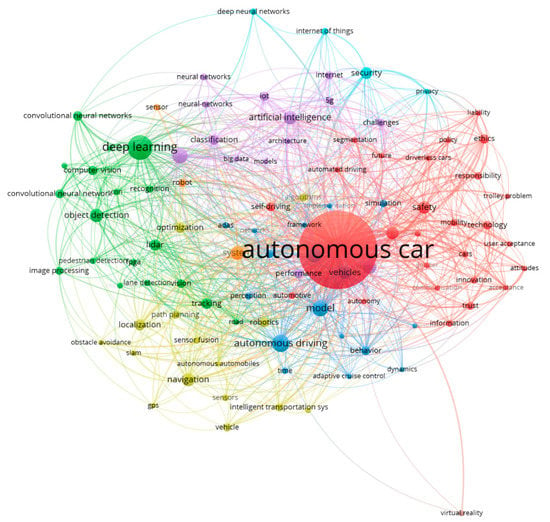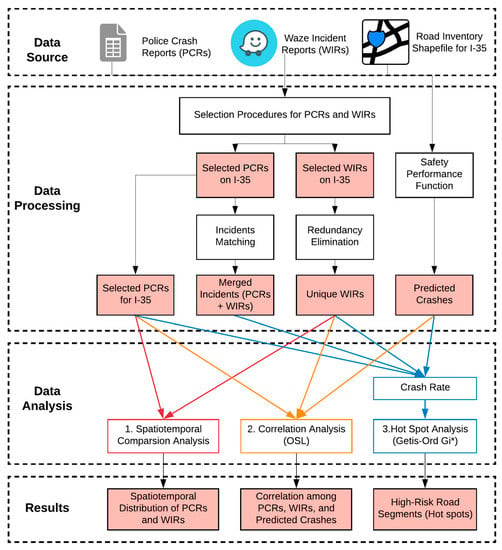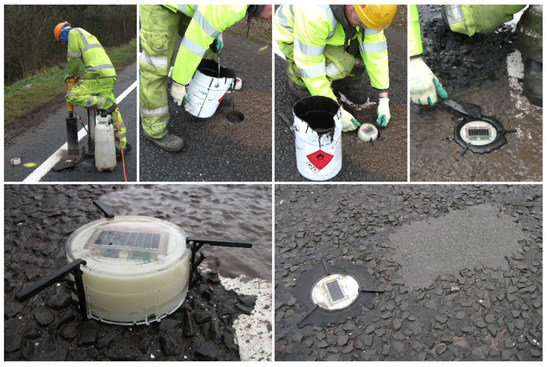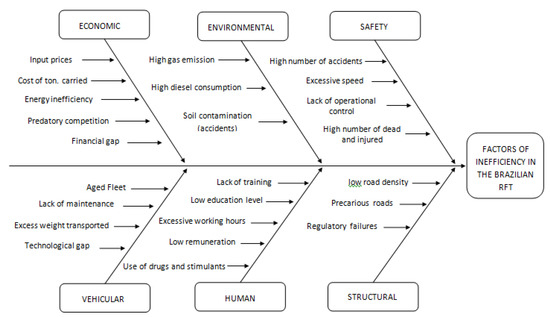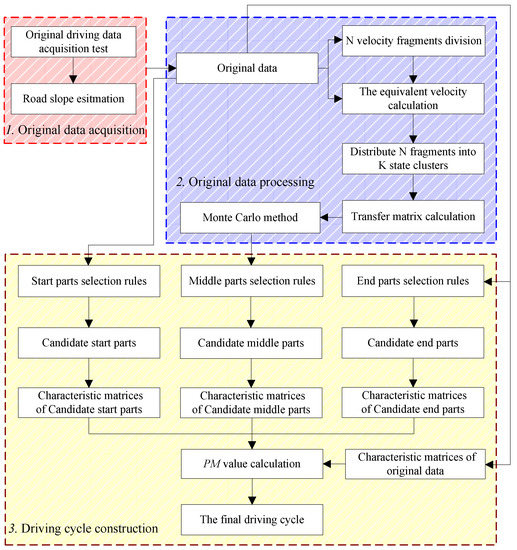Emerging Technologies and Sustainable Road Safety
A topical collection in Sustainability (ISSN 2071-1050). This collection belongs to the section "Sustainable Transportation".
Viewed by 49380Editor
Topical Collection Information
Dear Colleagues,
As one of the fastest growing sectors in the socioeconomic context, transportation is expected to experience an accelerated expansion in the next few decades due to the ever-increasing population, rapid motorization, and rising incomes. However, rapid growth of traffic has resulted in continuously increasing safety problems. These safety problems arise when one or more elements of the transportation system fail during the complex interaction among driver, vehicle, and environment. Making a road sustainably less hazardous requires a systems approach, understanding the system as a whole and the interaction between its elements, and identifying where there is potential for intervention. In particular, it requires the recognition that the human body is highly vulnerable to injury and that humans make mistakes. This is in line with the principles of sustainable road safety that require the environment and vehicle to be designed in a way that serious crashes would be eliminated and the severity of crashes would be mitigated. This becomes possible by utilization of new technologies so as to minimize the system’s dependence on humans.
In this Topical Collection, we aim to reveal the impacts of different technologies on generating sustainable safety. This Topical Collection will help researchers and practitioners understand the impact of new technologies on traffic safety improvement, potential technological and practical barriers, and the analysis tools and techniques required, to name a few.
In view of the established objectives of this Topical Collection, we invite scholars and practitioners to submit their original research or review articles. Potential topics of interest include, but are not limited to, the following:
- Advanced driver-assistance systems (ADAS);
- Advances in driving simulator research;
- Cross-cultural differences with regard to the design, implementation, and usage of in-vehicle equipment;
- Elderly drivers and new in-vehicle equipment;
- Emerging technologies in designing safer roads;
- Intelligent transport systems and road infrastructure;
- Intelligent vehicle technologies;
- New methods in road safety data collection and analysis;
- Smart mobility and sustainability;
- Sustainable road infrastructure designs.
Prof. Dr. Ali Pirdavani
Collection Editor
Manuscript Submission Information
Manuscripts should be submitted online at www.mdpi.com by registering and logging in to this website. Once you are registered, click here to go to the submission form. Manuscripts can be submitted until the deadline. All submissions that pass pre-check are peer-reviewed. Accepted papers will be published continuously in the journal (as soon as accepted) and will be listed together on the collection website. Research articles, review articles as well as short communications are invited. For planned papers, a title and short abstract (about 100 words) can be sent to the Editorial Office for announcement on this website.
Submitted manuscripts should not have been published previously, nor be under consideration for publication elsewhere (except conference proceedings papers). All manuscripts are thoroughly refereed through a single-blind peer-review process. A guide for authors and other relevant information for submission of manuscripts is available on the Instructions for Authors page. Sustainability is an international peer-reviewed open access semimonthly journal published by MDPI.
Please visit the Instructions for Authors page before submitting a manuscript. The Article Processing Charge (APC) for publication in this open access journal is 2400 CHF (Swiss Francs). Submitted papers should be well formatted and use good English. Authors may use MDPI's English editing service prior to publication or during author revisions.
Keywords
- advanced driver-assistance systems
- driving aids and devices
- new car technologies
- road safety analysis
- sustainable safety
- smart mobility





